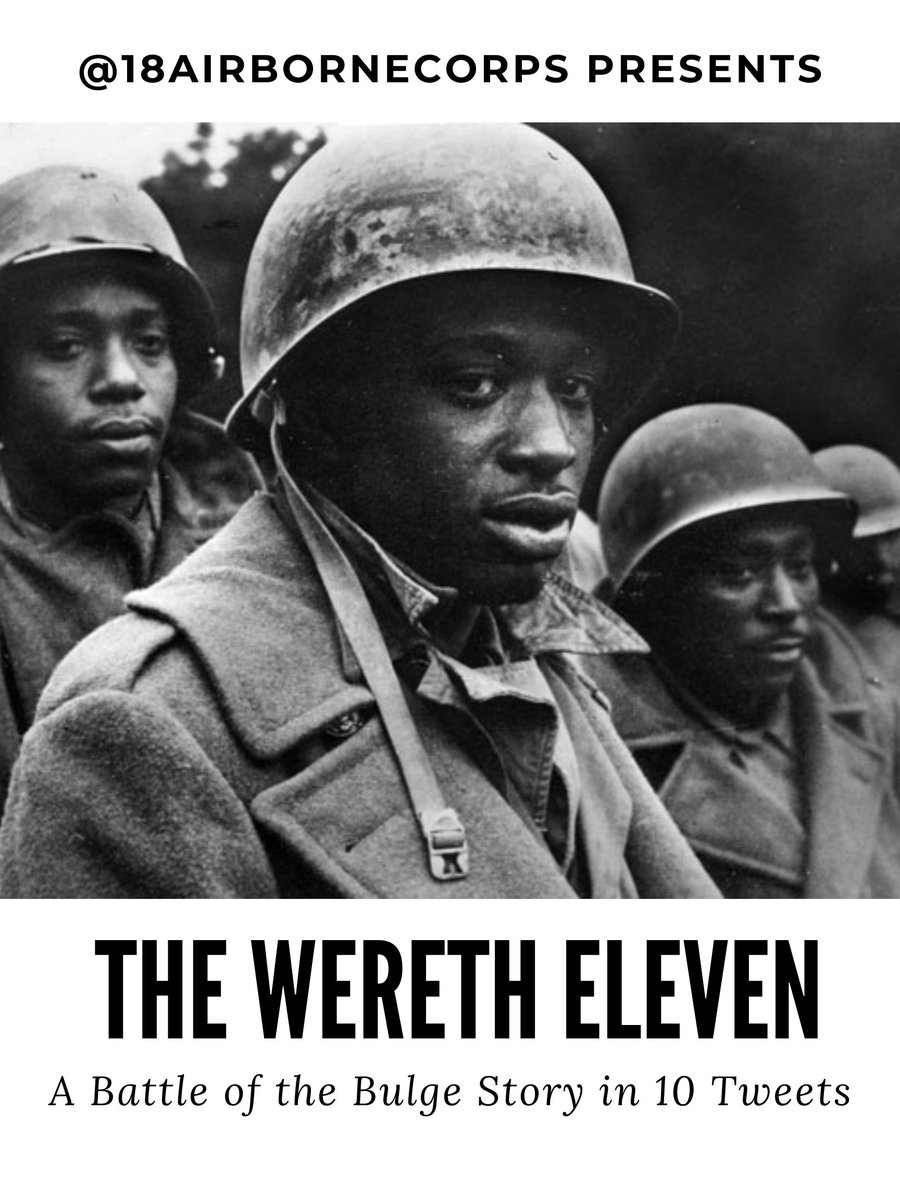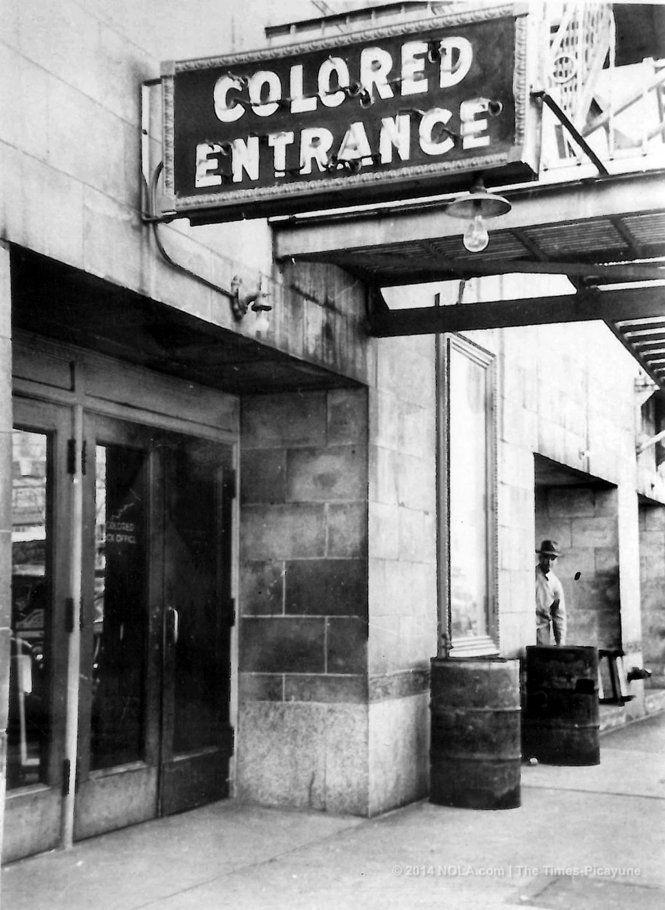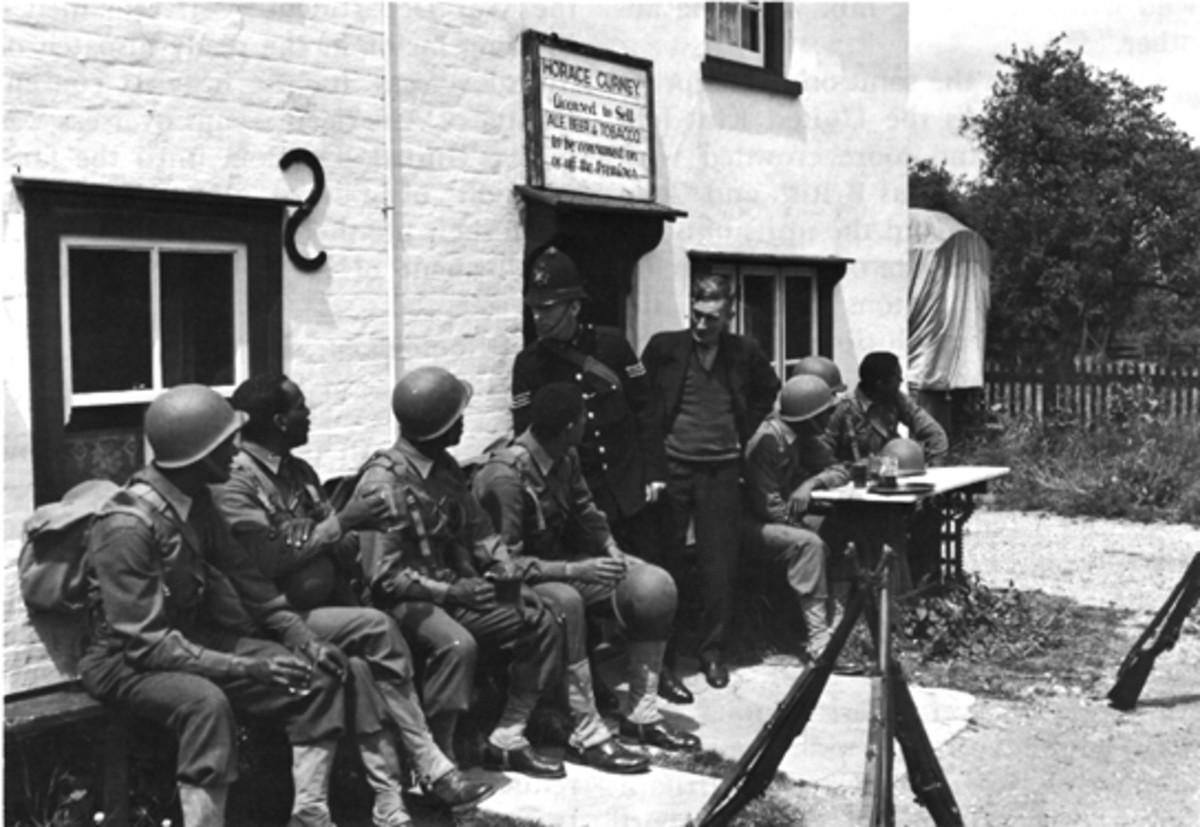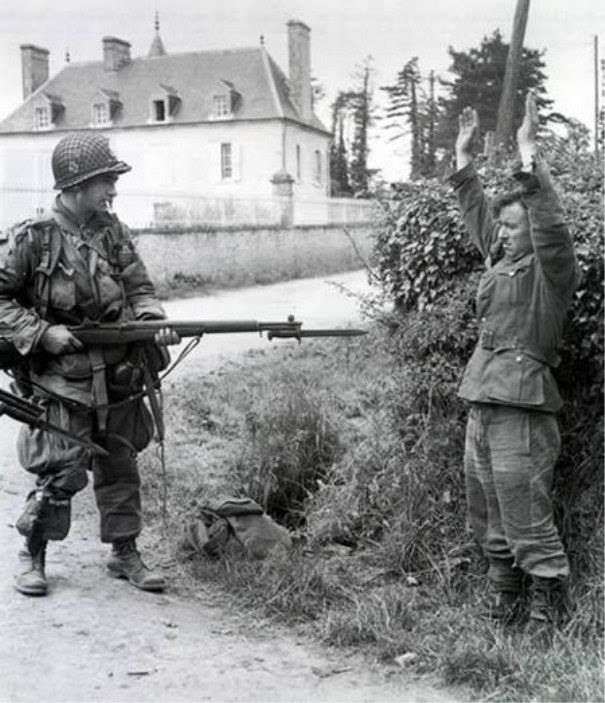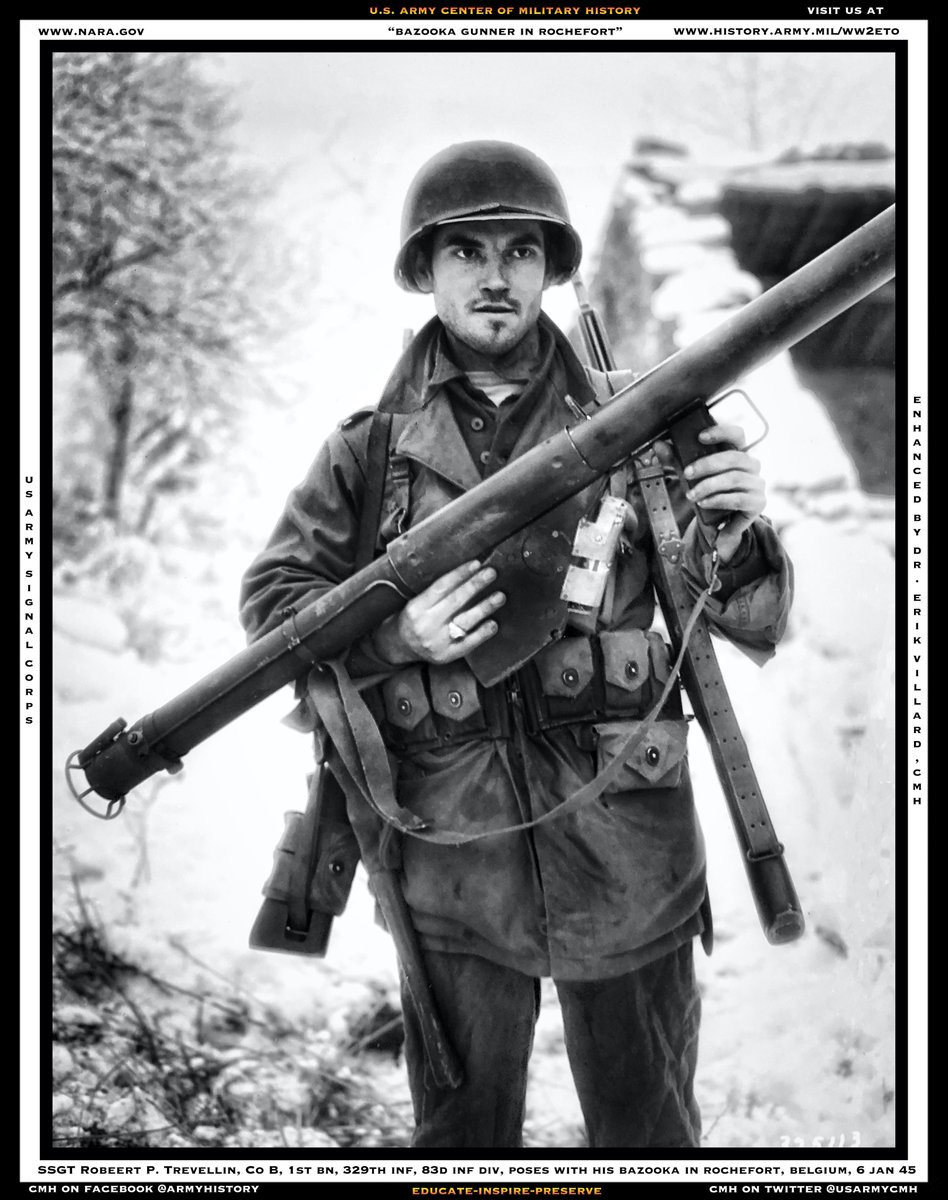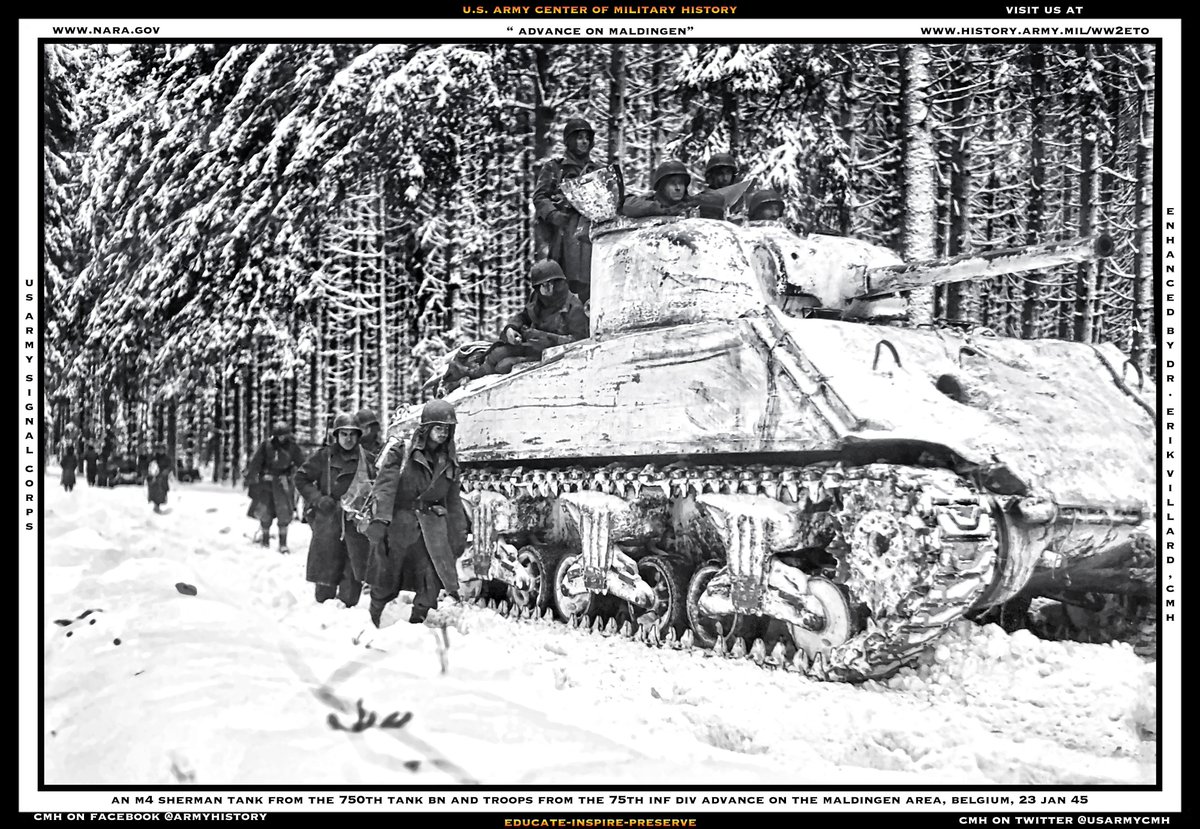
1 of 7: BAD INTEL
76 years ago the Battle of the Bulge began as a massive failure of U.S. intelligence. The Americans believed that the Germans were by this time a spent force, incapable of mounting an offense.
#BoTB
76 years ago the Battle of the Bulge began as a massive failure of U.S. intelligence. The Americans believed that the Germans were by this time a spent force, incapable of mounting an offense.
#BoTB

2 of 7:
For more than a month, the Allies failed to recognize the massing of the Sixth SS Panzer Army near Ardennes as a sign of an impending attack.
For more than a month, the Allies failed to recognize the massing of the Sixth SS Panzer Army near Ardennes as a sign of an impending attack.

3 of 7:
The Americans were also fooled by a smart German tactic: the Panzer forces employed deceptive radio messages discussing their defensive preparations.
The Americans were also fooled by a smart German tactic: the Panzer forces employed deceptive radio messages discussing their defensive preparations.

4 of 7:
When American intelligence intercepted these messages, they believed that the Germans were in the defense for the long haul.
When American intelligence intercepted these messages, they believed that the Germans were in the defense for the long haul.
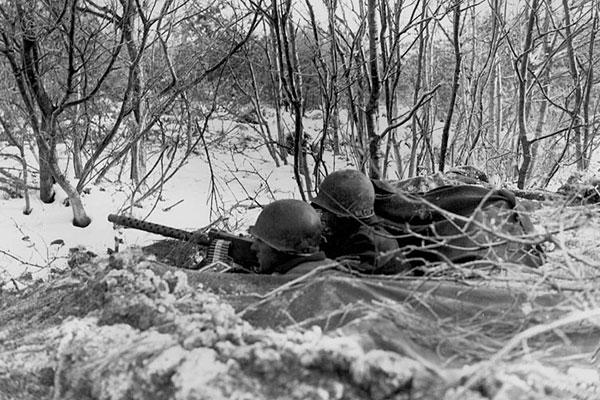
5 of 7:
The Allied generals (Bradley and Eisenhower in particular) completely misread the situation and failed to recognize that Hitler was so desperate that he could afford to take a chance with an offensive (in fact, the Germans really had no other choice).
The Allied generals (Bradley and Eisenhower in particular) completely misread the situation and failed to recognize that Hitler was so desperate that he could afford to take a chance with an offensive (in fact, the Germans really had no other choice).
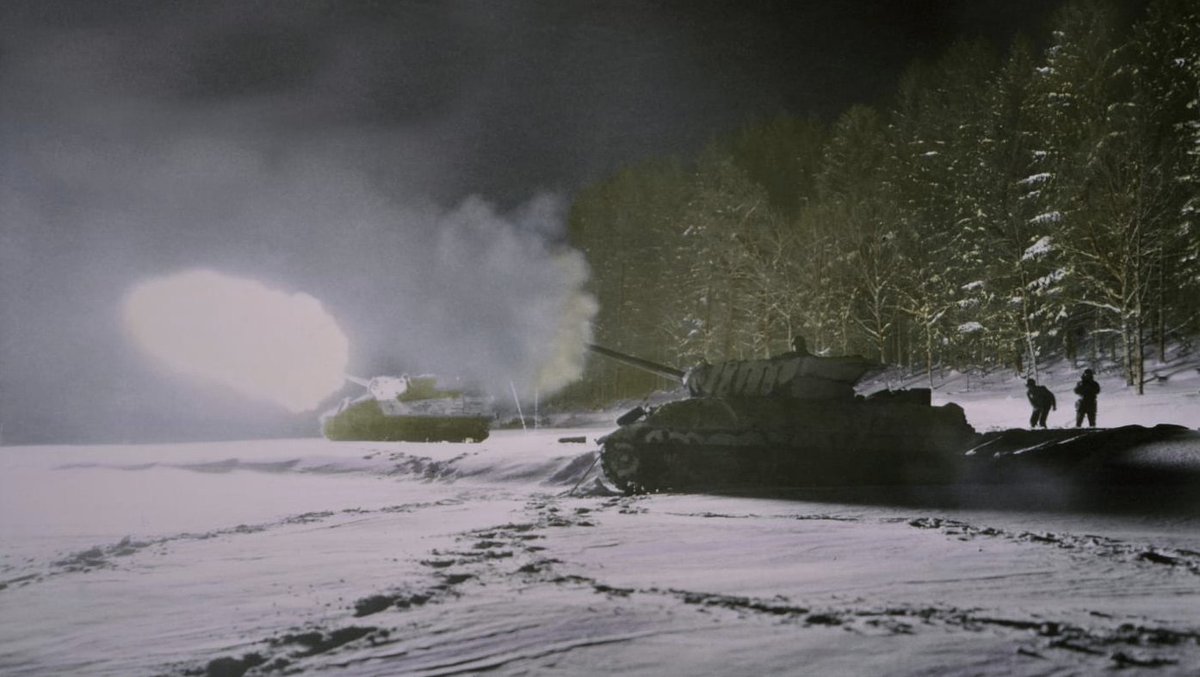
6 of 7:
As a result, Eisenhower assumed a lot of risk with forces, he placing inexperienced units on the front lines and allowed commanders throughout Ardennes to replace troops in-stride. These forces absorbed the initial German blow.
As a result, Eisenhower assumed a lot of risk with forces, he placing inexperienced units on the front lines and allowed commanders throughout Ardennes to replace troops in-stride. These forces absorbed the initial German blow.
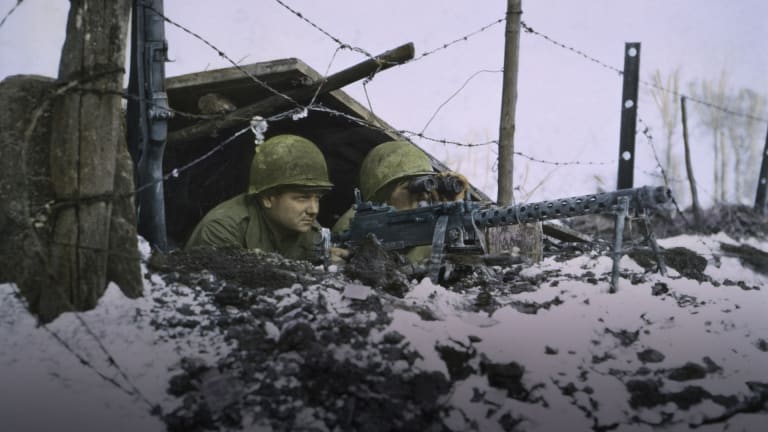
FINAL:
This political cartoon published in the Des Moines Register on December 21, 1944, nails it. The Germans are depicted with an aggressive approach, ready to pounce, and the stunned Allies, about to take a nap, must scramble to get to their feet.
This political cartoon published in the Des Moines Register on December 21, 1944, nails it. The Germans are depicted with an aggressive approach, ready to pounce, and the stunned Allies, about to take a nap, must scramble to get to their feet.
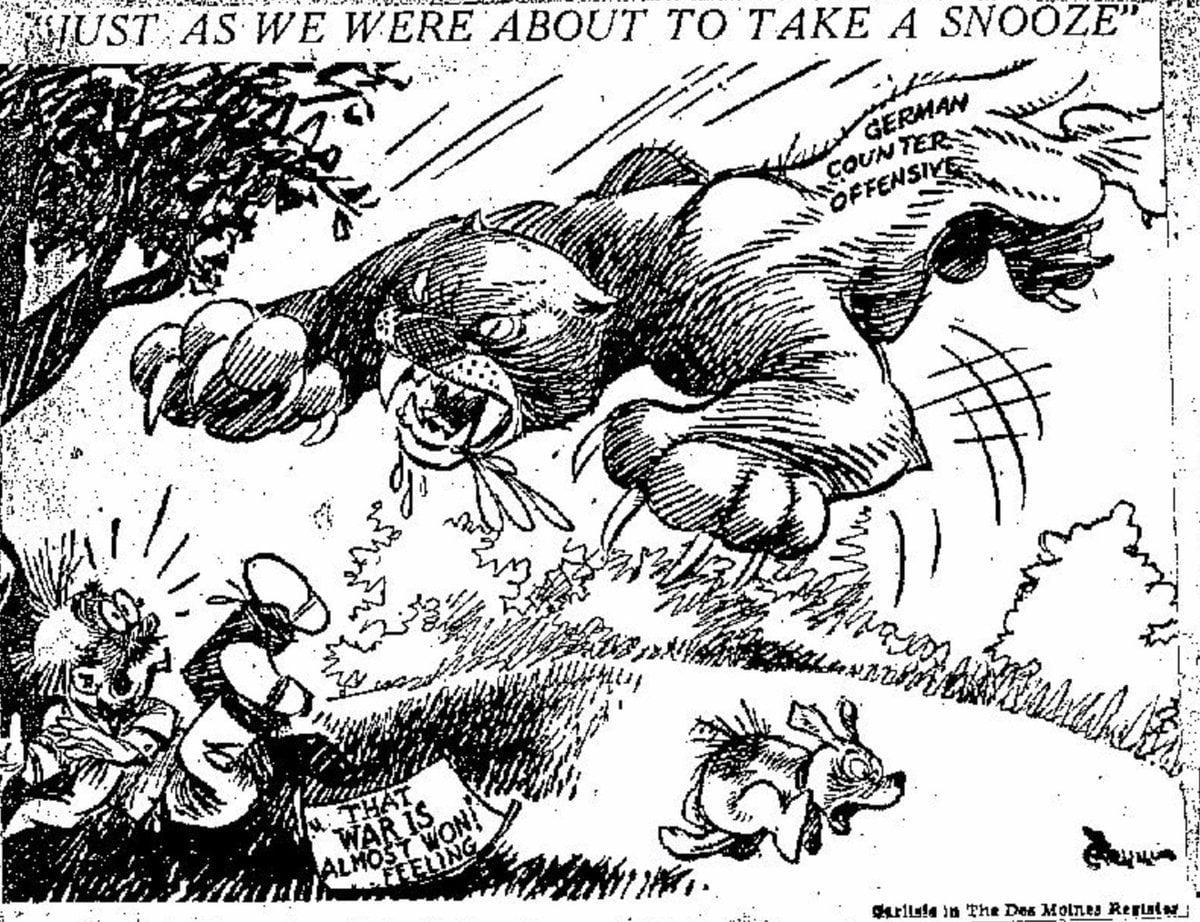
• • •
Missing some Tweet in this thread? You can try to
force a refresh

